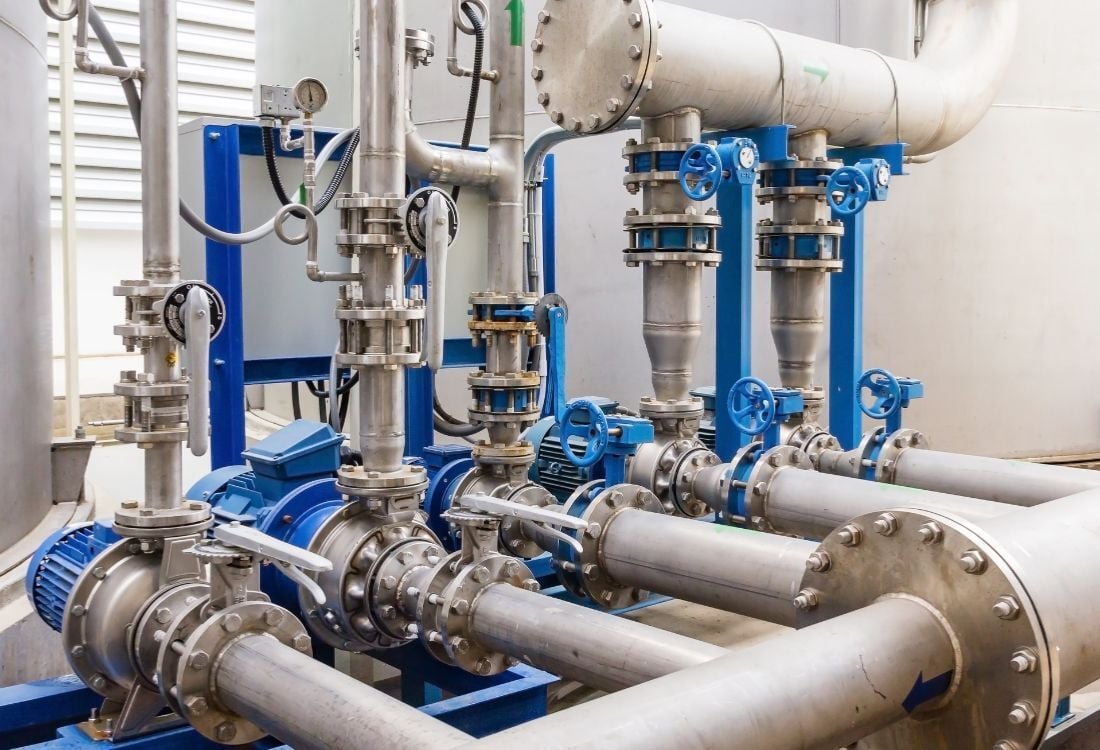
In the pharmaceutical industry, the regular maintenance of water systems is critical to ensure product safety and regulatory compliance. Biofilm removal, in particular, helps to overcome the problem of contamination in an industry in which water purity underpins product quality and consumer safety.
In this article, we’ll explain why it is important to remove biofilm from water pipes in the pharmaceutical industry.
To Protect Product Quality
Biofilm contamination in pharmaceutical water systems can compromise the safety and efficiency of products. Biofilm harbours a complex community of microorganisms, including bacteria, fungi, and other potential contaminants, which can proliferate within water distribution networks, leading to the introduction of unwanted particulates, endotoxins, and microbial contamination in products.
If left unchecked, a biofilm presence can result in product spoilage, batch rejections, and regulatory non-compliance. Effective biofilm removal strategies, including chemical treatments and mechanical cleaning, help to maintain product quality and protect the health of consumers.
To Reduce Contamination Risk
Biofilm acts as a reservoir for a range of microorganisms, including potentially harmful pathogens. If left unchecked, microbial contamination can spread through pharmaceutical water systems, increasing the risk of cross-contamination in manufacturing processes.
Standard disinfection methods may not fully eradicate biofilm, as the extracellular polymeric substances (EPS) in biofilm protect microorganisms from conventional cleaning agents. Therefore, removing biofilm requires specialist cleaning protocols, such as enzymatic treatments and advanced biocidal agents, to ensure the complete elimination of risks.
To Prolong The Lifespan Of Equipment
Apart from concern about contamination, biofilm has a significant impact on the longevity and efficiency of pharmaceutical equipment. Biofilm formation contributes to corrosion and material degradation within piping, tanks, and filtration systems: for example, a buildup of corrosive by-products, such as organic acids and microbial metabolites, is more likely, accelerating the deterioration of stainless steel and other materials commonly used in pharmaceutical water systems.
Over time, degradation will result in increased maintenance costs, unplanned downtime, and the need for frequent equipment replacements. By implementing routine biofilm removal protocols, pharmaceutical manufacturers can protect their infrastructure, ensuring long-term operational efficiency and cost savings.
To Deliver Effective Equipment Cleaning
Finally, ensuring proper equipment cleaning in the pharmaceutical industry requires a proactive approach to biofilm management. Traditional cleaning methods, such as high-temperature sterilisation and chemical disinfection, may not be sufficient to completely remove biofilm.
Advanced remediation strategies, including passivation treatments and biofilm-targeting chemical agents, are necessary to prevent biofilm from recurring, thereby safeguarding manufacturing lines from harm and ensuring compliance with rigorous regulatory standards.
Find Out More
Biofilm management is a crucial aspect of pharmaceutical water system maintenance, ensuring both regulatory compliance and operational efficiency. For more information about how Inox Passivation can help your business, please get in touch today.
Image Source: Canva
No Comments Yet
Let us know what you think